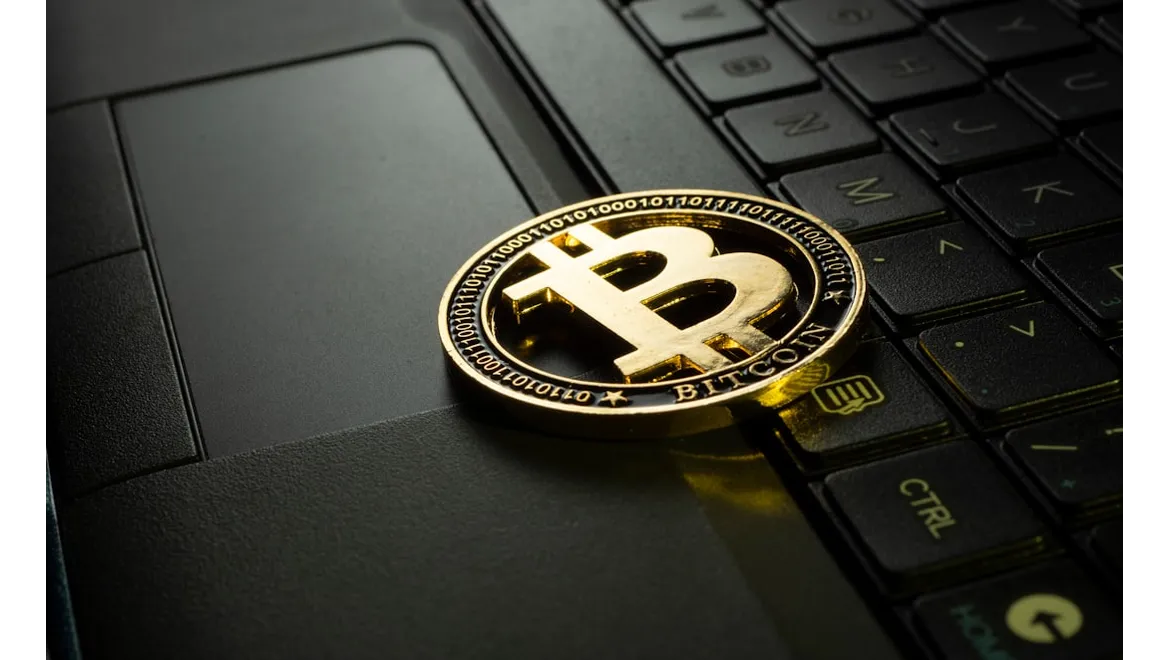Right, so, you’ve got this awesome blockchain project, right? The tech is revolutionary, the team is brilliant… but nobody’s investing. Sound familiar? I’ve been there. Turns out, a whitepaper filled with jargon and good intentions just isn’t enough. People want to see how they’re going to make money. They want to understand the tokenomics. And, crucially, they need to see how those tokenomics keep the whole thing secure. That’s what I’m exploring today.
I grabbed a coffee with Charlie, a blockchain security consultant, to pick his brain about the vital link between tokenomics and network security. Charlie’s seen it all, from rug pulls to sophisticated 51% attacks, so he’s the perfect guy to break this down.
“So Charlie,” I started, taking a sip of my latte, “everyone bangs on about tokenomics, but how does it actually impact security?”
“Think of it this way,” Charlie replied, leaning forward, “the tokenomics are the economic rules of your blockchain. They incentivise good behaviour and disincentivise bad behaviour. Get them wrong, and you’re basically inviting attackers in.”
Token Velocity: The Double-Edged Sword
Charlie explained that one of the key concepts here is token velocity. This is the rate at which tokens change hands. A low velocity means tokens are being hoarded, which can lead to centralisation. Think about it: if a few big players hold most of the tokens, they can potentially collude and gain control of the network, opening it up to attacks.
“Imagine a proof-of-stake system,” Charlie illustrated. “If a small group controls the majority of the staked tokens, they can manipulate transactions and censor others.”
On the flip side, high token velocity, while seemingly good for decentralisation, can create economic instability. If everyone’s constantly selling, the price can crash, leading to a loss of confidence and potentially attracting malicious actors who see an opportunity to exploit the instability.
Optimising Token Velocity: Finding the Sweet Spot
So, how do you find that sweet spot? Charlie suggests several strategies:
-
Staking and Locking Mechanisms: Incentivising users to lock up their tokens for a period of time reduces the circulating supply and lowers velocity. This makes it harder for attackers to accumulate enough tokens to launch an attack.
-
Governance Participation Rewards: Rewarding users for participating in governance decisions encourages them to hold tokens and actively contribute to the network’s health.
-
Burning Mechanisms: Periodically burning (permanently removing) a portion of the tokens can create scarcity and increase the value of the remaining tokens. This can also disincentivise short-term speculation and promote long-term holding.
-
Usage-Based Token Allocation: The tokenomics should be tied to the usage of the blockchain in some way. If the blockchain’s functionality is useful the token is more likely to be needed and held as a resource, like paying for gas on Ethereum. This incentivises using the tokens and can increase the cost and difficulty for an attacker to obtain tokens.
Tokenomics as a Security Tool: Preventing Malicious Control
We then delved deeper into how tokenomics can directly secure the network.
“Think about preventing Sybil attacks,” Charlie said. “These are where attackers create multiple fake identities to overwhelm the network. A well-designed tokenomic system can make it expensive to create and maintain these fake identities.”
For example, requiring users to stake a certain amount of tokens per identity makes it costly for attackers to create thousands of fake accounts. If the staked tokens are slashed (taken away) for malicious behaviour, it further disincentivises attacks.
Similarly, tokenomics can be used to ensure data integrity. In a decentralised storage system, for example, nodes that store data can be rewarded with tokens. However, if they provide incorrect or corrupted data, their tokens can be slashed. This incentivises nodes to maintain data integrity.
Actionable Steps:
-
Define Clear Utility: What is the token for? How does it incentivise users to interact with the network in a positive way?
-
Model Scenarios: Simulate different attack scenarios and how your tokenomics would respond. Identify potential weaknesses and adjust accordingly.
-
Regularly Review and Adapt: The blockchain landscape is constantly evolving. Regularly review your tokenomics and adapt them to address new threats and opportunities.
Ultimately, it boils down to aligning economic incentives with network security. By carefully designing your tokenomics, you can create a system that is both economically viable and resistant to attacks. It shows investors that you are not only serious about your project but you have also taken the time to consider the economic viability and security of the network. Remember, the best whitepaper in the world won’t convince investors if they can’t see a clear path to profit – and a secure foundation for that profit to stand on. So, don’t neglect your tokenomics – it’s the key to unlocking your project’s full potential.
